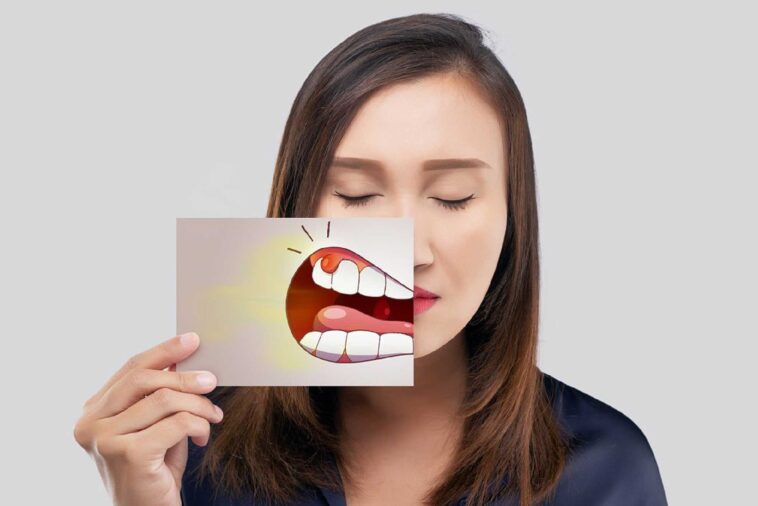The gums, or gingiva, are soft tissues that surround and support our teeth. They are significant for preserving dental health. While gums are resilient, they can still be susceptible to cuts and injuries. Understanding the causes of gum cuts and taking preventive measures can help ensure the health of our gums and prevent potential complications.
1. Anatomy of the Gums
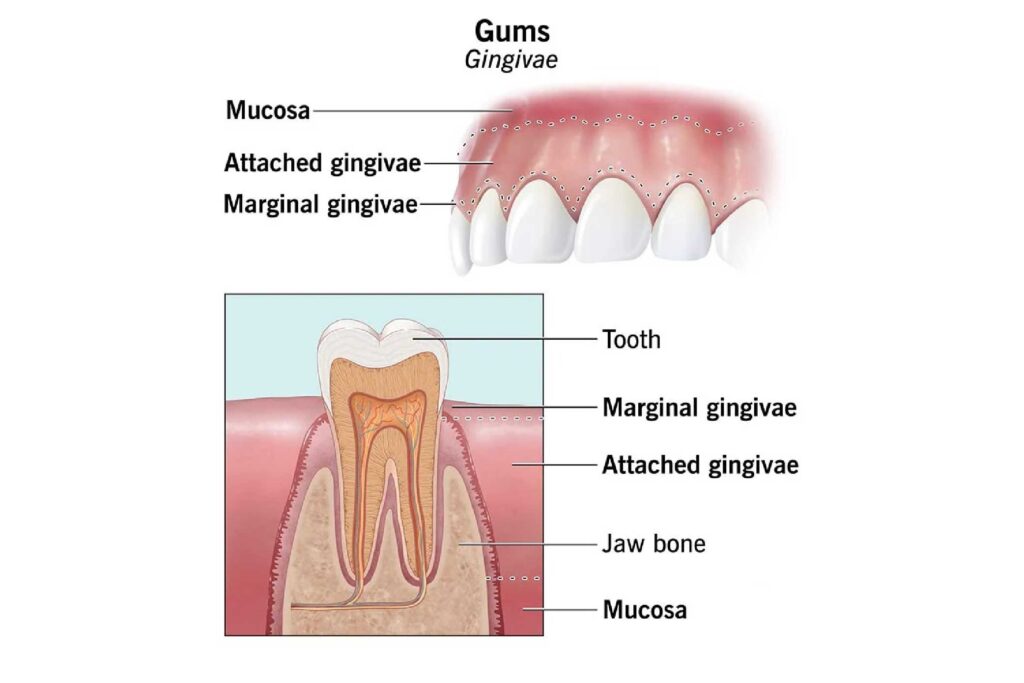
To understand why cuts can occur on the gums, it’s crucial to have a basic understanding of their anatomy. Gums consist of firm, pink tissue that covers the jawbone. They form a tight seal around the teeth, preventing bacteria and debris from entering the underlying structures. The outer layer of the gums is called the epithelium, which acts as a protective barrier.
2. Common Causes of Cuts on Gums
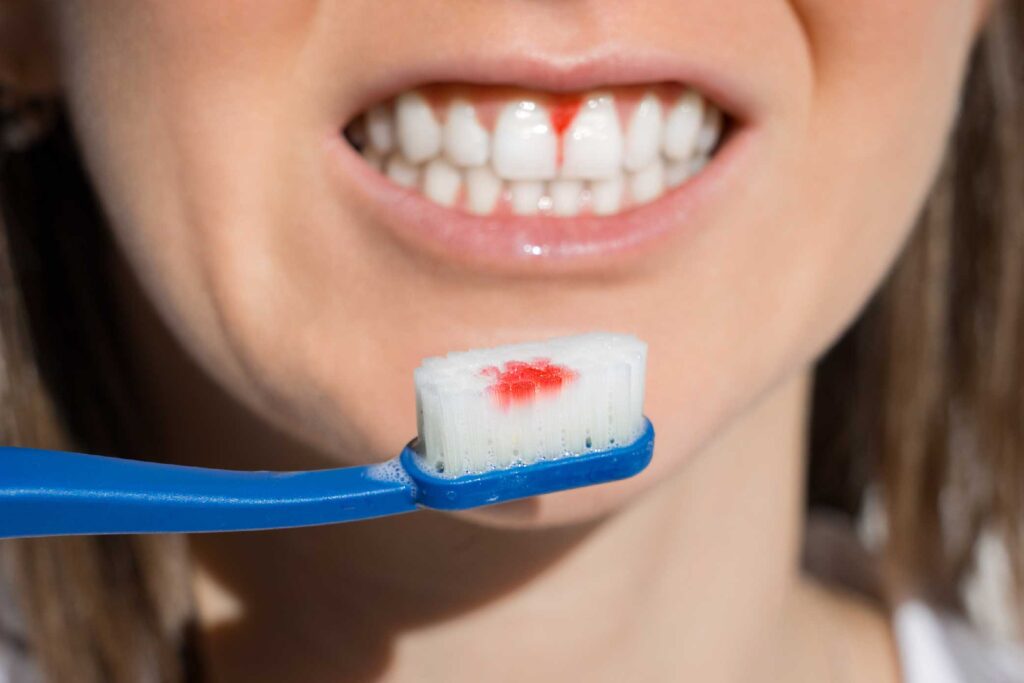
There are several common causes of cuts on gums. Let’s look more closely at each of them:
2.1 Accidental Injuries
Accidental injuries, such as falls or sports-related incidents, can lead to gum cuts. Sharp objects or impacts can cause lacerations or abrasions, discomfort, and bleeding. It’s essential to exercise caution and take appropriate safety measures to prevent such injuries.
2.2 Aggressive Brushing
Maintaining good oral hygiene is crucial, but brushing your teeth too aggressively can damage the gums. Applying excessive force or using a hard-bristled toothbrush can cause cuts or abrasions on dead tooth the delicate gum tissue. Brushing your teeth gently in a circular motion using a soft-bristled toothbrush is recommended.
2.3 Dental Appliances
Ill-fitting or poorly maintained dentist appliances, such as dentures or braces, can cause cuts on the gums. These appliances ‘ sharp edges or rough surfaces can irritate the gums, leading to blemishes and sores. It’s essential to ensure dental appliances are correctly fitted and regularly inspected by a dental professional.
2.4 Sharp or Hard Foods
Consuming sharp or hard foods without caution can accidentally cut the gums. Biting into foods like potato chips or crusty bread excessively can cause injuries. It’s important to be mindful of the texture of the foods you eat and chew carefully to avoid gum cuts.
2.5 Gum Disease
Gum or periodontal disease is a common cause of gum cuts. When gums are inflamed due to infection or bacterial buildup, they become fragile and more prone to dents or ulcers. Maintaining good oral hygiene and regular dental check-ups are essential to prevent gum disease and subsequent cuts.
3. Symptoms and Discomfort Associated with Gum on Cuts

Cuts on gums may present with various symptoms, including:
- Affected region discomfort or soreness
- Swelling or redness of the gums
- Bleeding during brushing or eating
- Sensitivity to hot or cold temperatures
- Difficulty in chewing or speaking
Suppose you experience persistent discomfort or notice any concerning symptoms. In that case, it is advisable to consult a dentist professional for a thorough examination and appropriate treatment.
4. How to Prevent Cuts on Gums
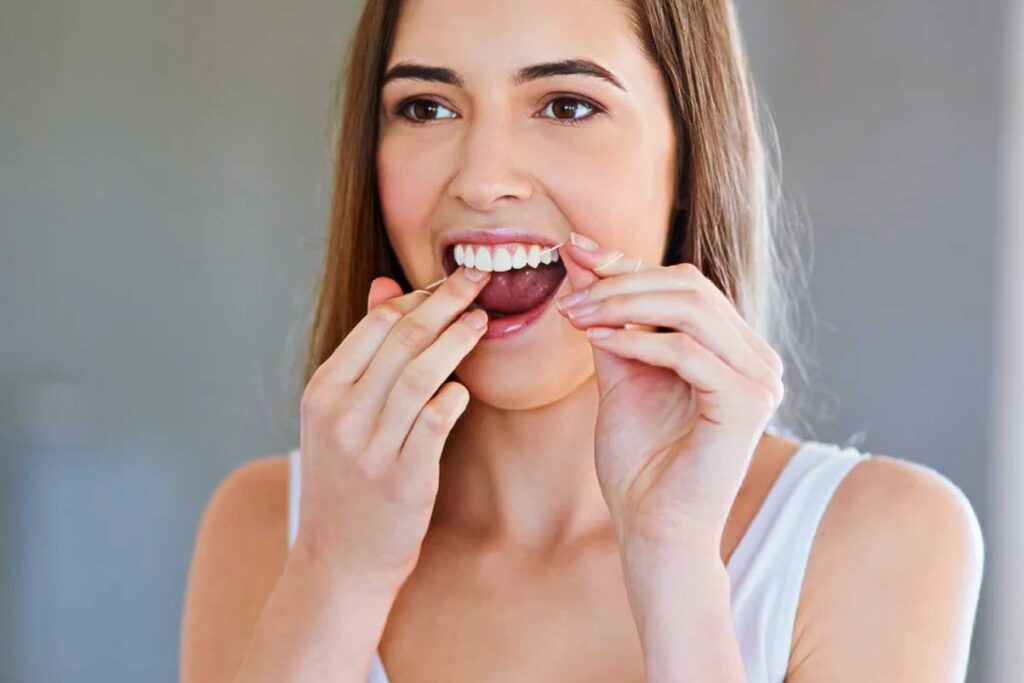
Preventing cuts on gums involves adopting healthy oral hygiene practices and making conscious choices in our daily activities. Here are some effective preventive measures:
4.1 Gentle Brushing Techniques
Brushing your teeth is essential for maintaining oral hygiene, but it’s important to do it gently. Use circular motions and avoid applying excessive pressure or scrubbing the gums vigorously. Brushing too hard can damage the gum tissue and lead to cuts.
4.2 Choosing the Right Toothbrush
Select a toothbrush with soft bristles that are gentle on the gums. Stiff bristles can cause irritation and cuts. If the hairs on your toothbrush start to deteriorate, replace them every three to four months or sooner.
4.3 Using Dental Floss Correctly
The proper flossing technique is crucial for gum health. Be cautious around the gum line and gently glide the floss between the teeth, following the natural curve without snapping it against the gums. This helps prevent injuries cuts on gums.
4.4 Wearing Mouthguards
If you participate in contact sports or engage in activities that may pose a risk of oral injuries, wearing a mouthguard can provide essential protection for your gums and teeth. Mouthguards cushion the impact and help prevent cuts on gums or damage to the gums.
4.5 Maintaining a Healthy Diet
A balanced diet of fruits, vegetables, and lean proteins promotes gum health. These nutrient-rich foods help strengthen the gums and reduce the risk of cuts on gums. Avoid consuming excessively sharp or hard foods that can potentially cause gum injuries.
4.6 Regular Dental Check-ups
The best oral health requires routine dental cleanings and examinations. Dental professionals can detect early signs of gum disease, monitor the condition of your gums, and provide appropriate guidance on oral hygiene practices. Regular check-ups help prevent gum disease and catch any potential issues early on.
5. Treating Cuts on Gums
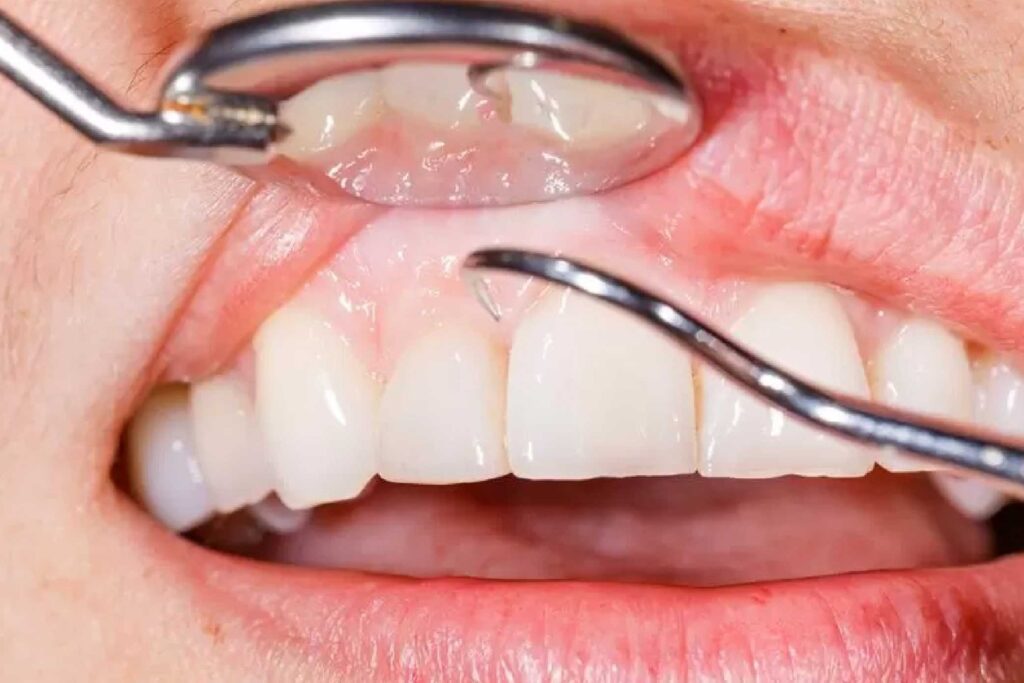
If you have a cut on your gums, there are steps you can take to promote healing. However, it’s important to note that if the amount is severe, doesn’t heal within a few days, or is accompanied by persistent pain or swelling; you should consult a dental professional for further evaluation and treatment. Here are some general guidelines for treating cuts on gums:
5.1 Cleaning the Area
Gently rinse your mouth with warm saltwater to cleanse the cut and prevent infection. Drink a glass of warm water with half a teaspoon of salt, then spit it out after approximately 30 seconds. This encourages recovery and keeps the region clean.
5.2 Topical Medications
Over-the-counter topical gels or ointments containing benzocaine can provide temporary pain relief for cuts on gums. Apply a small amount of the gel to the affected area as directed on the product packaging. Be sure to follow the instructions and avoid using excessive amounts.
5.3 Mouth Rinses
An antiseptic mouthwash can help maintain oral hygiene and reduce the risk of infection in the cut. Look for mouthwashes that contain ingredients like chlorhexidine or hydrogen peroxide. Rinse your mouth as directed on the product label, usually for about 30 seconds.
5.4 Oral Hygiene Practices
Continue brushing and flossing your teeth, but be cautious around the area with the gum cut. Use gentle motions and avoid direct contact with the dent to prevent further irritation or discomfort. Maintaining good oral hygiene is vital for overall gum health.
5.5 Seeking Professional Help
If the cut on your gums is severe, doesn’t show signs of improvement within a few days, or is accompanied by persistent pain or swelling, it’s crucial to seek professional dental help. A dental professional can assess the cut, determine the underlying cause, and provide appropriate treatment and guidance.
Conclusion
Cuts on gums can be uncomfortable and potentially lead to complications if not adequately addressed. By understanding the causes and implementing preventive measures, such as adopting gentle brushing techniques, choosing the right toothbrush, using dental floss correctly, wearing mouthguards during high-risk activities, maintaining a healthy diet, and scheduling regular dental check-ups, you can reduce the risk of cuts on gums and promote overall oral health.



